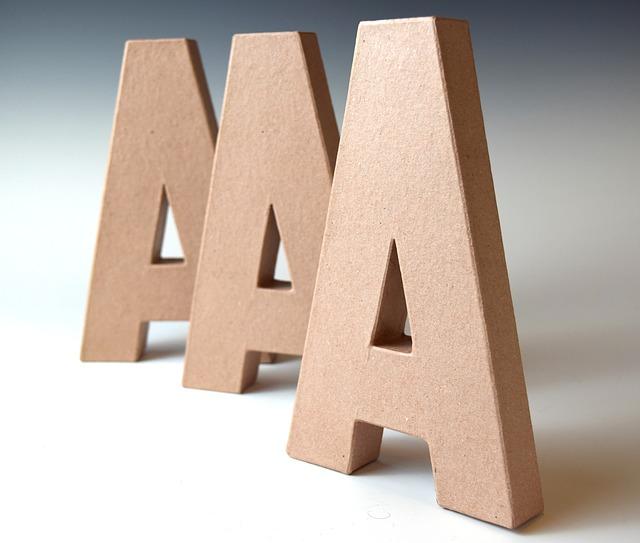50 years of ASEAN: ‘A’ is for angst
Posted By Graeme Dobell on May 8, 2017 @ 06:00

ASEAN is ever beset by existential angst. The ‘A’ in ASEAN stands for Angst as well as Association. Regard this as more description than criticism. The Angst-Association of South East Asian Nations always has lots to worry about. Angst and anxiety are rational responses.
The questions are constant: can the association hold together? Can it actually do anything? Will ASEAN be crushed as it’s courted by the bigger beasts of Asia? Celebrating its 50th birthday in August, ASEAN pumps out celebration. And, simultaneously, ASEAN engages in one of the things it does best—agonises over tough times and hard choices.
The public tone of the summit of the 10 ASEAN leaders in Manila was set by a quintessentially ASEAN theme: ‘Partnering for Change, Engaging the World’. The not-so-private measure of difficult choices was what the leaders could agree to say about the South China Sea.
ASEAN confronts China’s terraforming: using great walls of sand to create sand castles on rocks and reefs. As usual, ASEAN consensus decreed that the Association speak softly. The torturous travail of the chairman’s statement [1] is the new measure of ASEAN angst, from the low point in 2012 when no statement could be agreed on. In Manila, the statement emerged 12 hours after the summit ended. Dropped from the latest communiqué were references [2] to land reclamation and militarisation from last year’s statement that had been included in earlier drafts of this year’s text. ASEAN’s ‘serious concern’ in 2016 this year dropped to ‘concern’.
For the pundits, it’s just a matter of dusting off the usual headlines about ‘ASEAN in crisis’ or ‘ASEAN’s failure’. As an example, here’s Huong Le Thu [3] with an acid take on ASEAN’s ‘weak unity and low effectiveness in responding to China’s pressure’, on its embrace of ‘de facto appeasement’.
An interesting twist, though, is that ASEAN thinks it’s going to get something from China in return for playing nice and going soft on the Manila communiqué language. The chairman’s statement claims a negotiating win is only months away: ‘We took note of the improving cooperation between ASEAN and China. We welcomed the progress to complete a framework of the Code of Conduct in the South China Sea (COC) by the middle of this year, in order to facilitate the early conclusion of an effective COC.’ China promises a 50th birthday gift.
Give ASEAN a capital letter mark—‘F’ for Framework rather than Fail. ASEAN thinks it’s about to get something Formal from China. Back in November 2002, ASEAN and China agreed on the Declaration on the Code of Conduct of Parties in the South China Sea [4]. After 15 years of negotiation, still no Code, but apparently a Framework is a further step.
No ironic laughter, please, this is interesting—although if the Framework is the new staging point, the Code could take another 15 years. The significance is that ASEAN is in the game and is able to extract something formal from China.
Bear in mind that China’s hardheads still lament the concession to ASEAN centrality involved in that 2002 Declaration. The hard-line view is that Beijing should’ve stuck firmly to dealing bilaterally and separately with other claimants in the South China Sea in order to crush them one by one, never conceding that ASEAN had a right to be at the table.
15 years of negotiation hasn’t achieved a Code of Conduct. And it certainly hasn’t prevented China’s burst of muscular castle creation. What’s been achieved? Talking is always better than not talking, of course: jaw-jaw rather than war-war. Another achievement matters. At every moment in this process—I hesitate to say ‘at every step’—China’s had to engage with ASEAN, accepting the Association’s central place in negotiation on this key regional dispute.
Getting a Framework would be a fresh acknowledgement by Beijing of ASEAN’s role. Then the parsing can start to see if the Framework actually moves one jot beyond the promises in the Declaration 15 years ago. China is set to consolidate the gains made by its new giant sand castles, taking ASEAN acknowledgement of the new facts on the reefs in return for another bit of paper. ASEAN is after firmer promises about no more South China Sea castle-building. The core aim is getting a Framework that’ll mean no new terraforming. ASEAN would concede China’s recent creations in the South China Sea in return for the promise of no new castles. It’s not appeasement if the deal holds.
The recipe guarantees lots more ASEAN angst. Yet the evidence of its 50-year history is that ASEAN will both survive and thrive. China can constrain ASEAN, but it can’t crush it. The Association’s too useful to its 10 members and all the other players in Asia—even China.
ASEAN’s members are relatively weak and the Association must play a weak hand. And before going into the game, ASEAN must always look inward to balance the dynamic among its disparate members. The wonder isn’t ASEAN’s weak hand, but its long-game skill and the leverage it extracts.
All that angst over many decades has taught Southeast Asia a lot about the value of regionalism. One basic ASEAN lesson holds true: hang together or hang separately.
Article printed from The Strategist: https://aspistrategist.ru
URL to article: /50-years-asean-angst/
URLs in this post:
[1] chairman’s statement: http://asean.org/storage/2017/04/FINAL-Chairmans-Statement-of-30th-ASEAN-Summit-29-Apr-2017.pdf
[2] references: http://www.reuters.com/article/us-asean-summit-idUSKBN17W02E
[3] Huong Le Thu: https://www.policyforum.net/regional-flashpoint-flat-point/
[4] Declaration on the Code of Conduct of Parties in the South China Sea: http://asean.org/?static_post=declaration-on-the-conduct-of-parties-in-the-south-china-sea-2
Click here to print.